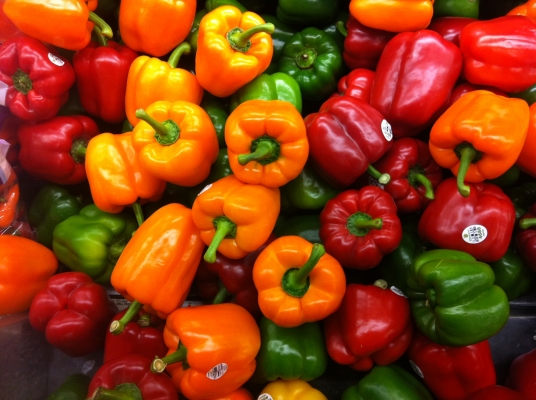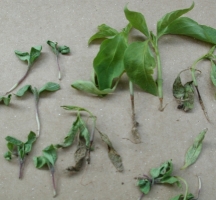General Information
It is a valuable vegetable crop which is grown in green house or in shade net houses. It is also known as “Sweet pepper” or “bell pepper”. Capsicums are the rich source of minerals and Vitamins A and C. it is a perennial herbaceous plant which belongs to the family of Solanaceae. It attains the height of 75 cm. It has small flowers which are white or purple in color which bears fruits. In open field it mainly gives an average yield of 83-165 qtl/acre and in greenhouse it gives an average yield of 415-500 qtl/acre. Punjab, Bangalore, Pune and Karnataka are the major states growing capsicums in green houses. Kerala, Maharashtra, Gujarat, Goa, Andhra Pradesh and West Bengal are the states which do small scale production of capsicums.











.jpg)
.jpg)
.jpeg)
.jpg)
.jpeg)
.png)
.jpg)

